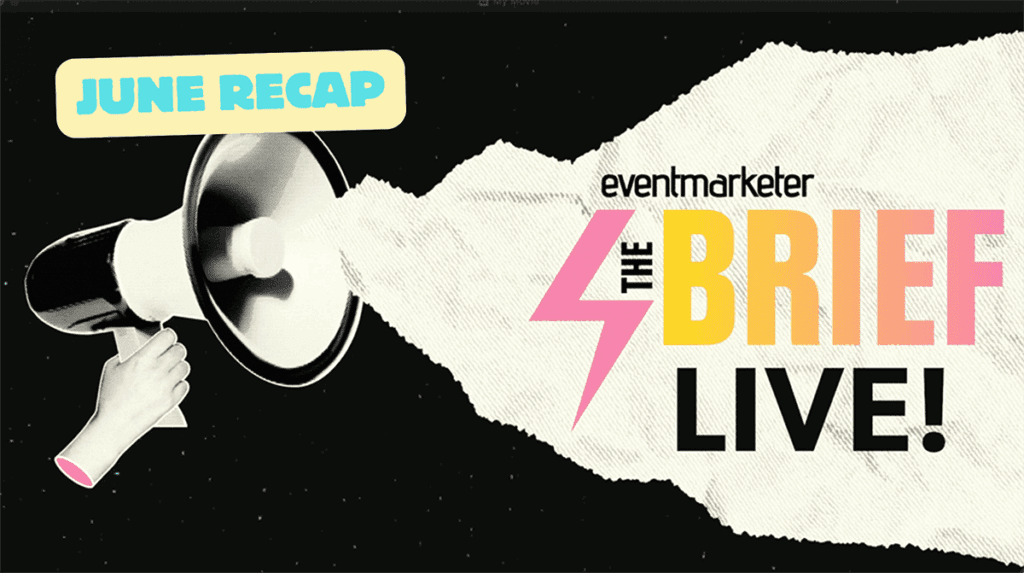How connection, influence and experience deliver outstanding omnichannel marketing
By Barb Edson, Senior Vice President and Chief Marketing Officer at CDK Global
—
Businesses talk a lot about digital retailing wanting to “provide an Amazon-like experience.” From cars to cookies, shoes to showers, practically anything can be purchased online. However, consumers still want to see, touch and try out many things on their wish list before making a purchase.
Today’s omnichannel marketing approach re-engineers yesterday’s linear strategies into multi-dimensional campaigns where consumers stay connected with the brand.
Build a Relational Resource
Let’s face it, digital retailing is a revolution. Need socks? Plates? Dog toys? They’re one tap away. But most likely, those items won’t leave consumers excited or nervous about their purchase. However, emotionally-charged experiences such as buying a car—the second largest purchase a consumer can make—is quite different.
Especially with significant purchases, remote communication is only one piece of the purchasing pie, and despite evolving innovations, people still expect that personal touch. While online sales are growing faster than offline, brick-and-mortar stores still make up the majority of U.S. retail sales.
In fact, according to the National Retail Federation (NRF), online sales only account for about 15 percent of all retail sales in the nation. Even with the high value placed on digital retailing, digital is best used as a complement, not a replacement, for human interaction. Consumers expect an omnichannel experience that lets them transition seamlessly between online, store, or moving back and forth between the two.
According to recent research with prospective car buyers, 86 percent of consumers transacting online also interact with someone at the dealership through phone, email, text or chat. While 87 percent of consumers are satisfied with their remote interactions, they still want the face-to-face experience of visiting the dealership in person. While doing so, they rely on the knowledge and support of the onsite company expert to help them make their decisions and coach them through the process. Mindfully generating marketing strategies that keep messaging congruent between the store and online content provides the seamless interaction the consumer craves.
Keep Them Connected to Your Brand
As we know, brand loyalty doesn’t just come from the product, or information shared online. It also comes from the exceptional consumer experience around that product. Consumers are online as a first-stop to arm themselves with information before throwing down money on a big purchase. But face-to-face is needed to fill in the gaps. Even of those shopping online, 94 percent will still be visiting a dealership in person at multiple points for test drives, to get a first-hand view, and to pick the brains of the experts on the showroom floor.
And it’s not just automotive locations consumers visit. Department stores continue to rebound, post pandemic, according to Mastercard Spending Pulse, which predicts a 13 percent increase YOY in revenue.
Developing comprehensive marketing campaigns that tie together the in-store experience with online messaging is key. The National Retail Federation (NRF) states that, “despite the growing share of ecommerce … the role of the store is evolving to support buying across all channels.” Ecommerce and in-store retail complement each other and often create a “halo effect” by increasing traffic to the retailer’s website.
While in store, buyers rely on the coaching of those on the floor to decipher product pros and cons. Turns out, that team has quite a bit of influence. For example, when it relates to the automotive industry, it’s well-known the future is increasingly focused on electric. In fact, 37 percent of future shoppers will consider an electric vehicle.
Data indicates that dealers have to be included at the center of EV adoption because they play an essential role in increasing demand and building a positive experience around the product. Last year, 41 percent of people shopping for gas-powered vehicles were persuaded to consider electric vehicles largely because of a dealer’s guidance and recommendation. Driving a consumer from online where they are doing the research to in store allows the ability to leverage relationships that can influence the purchase of one brand over another—or in this case, one type of car over another.
A Rethink, Not a Revolution
Today, global forces and the rise of new technology have marketers and business leaders looking at a number of ways to take advantage of such unique circumstances. And supply chain issues met by high demand have afforded some companies the luxury of charging higher-pricing while making easier sales.
That may be adequate for “right now,” but a “right-for-the-customer” marketing approach that intentionally integrates a personal connection and consistent multi-channel messaging provides a stronger, more sustainable sales model while bolstering customer satisfaction.
Barb Edson is Senior Vice President and Chief Marketing Officer at CDK Global.

 Network
Network

